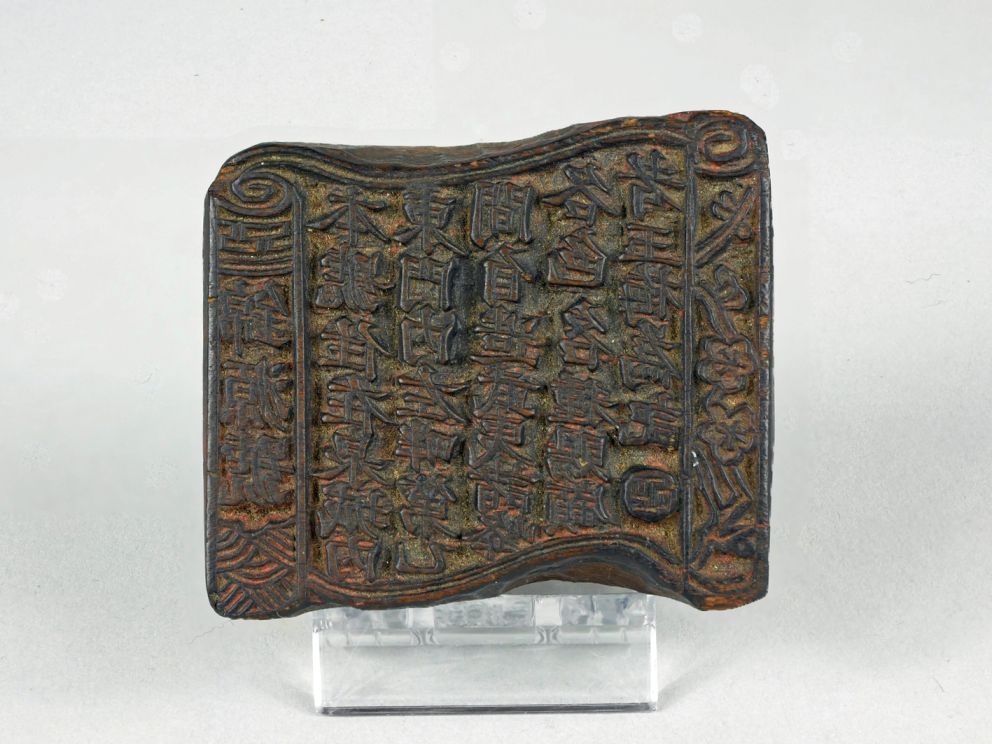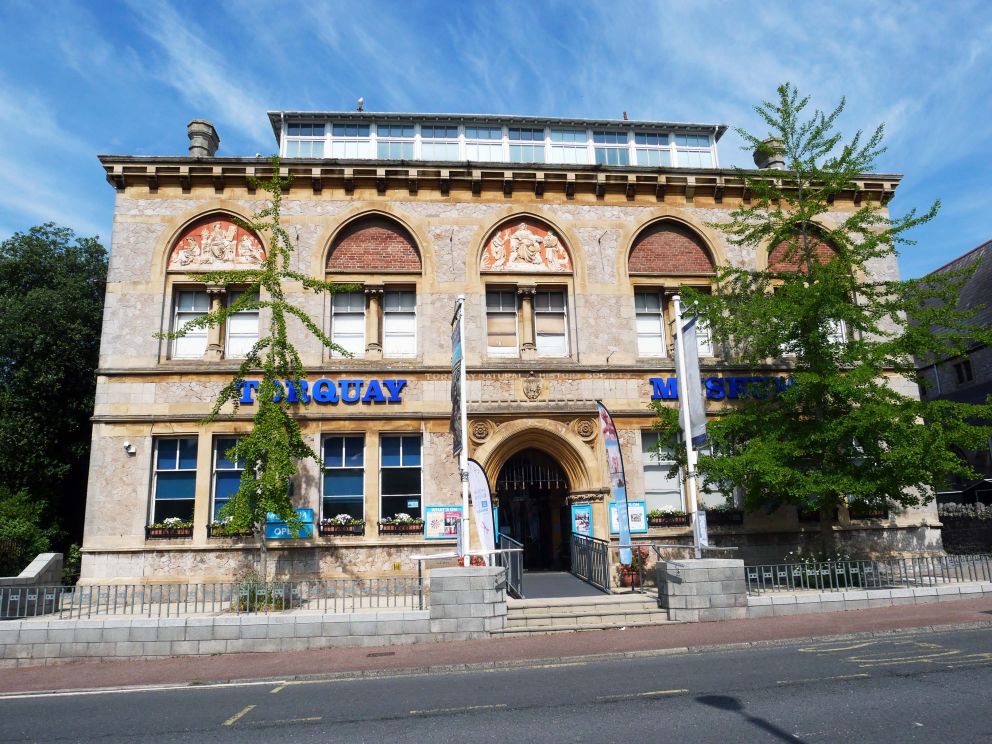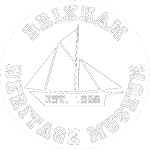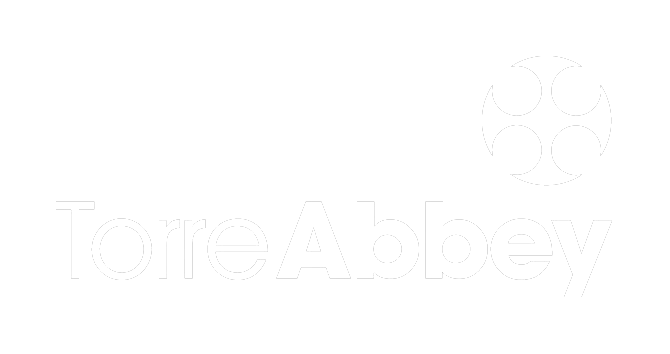World Cultures
Our collection of World Culture material (Ethnography) consists of over 2,500 items, from all over the world and although many of the items are in store, approximately 10% of the more significant objects and artefacts are on display in Explorers Gallery.
These collections provide an important insight into the interests and activities of some of the town’s more well-travelled and famous residents over the last 160 years. Even today it continues to expand and the collection contains items of both national and international significance.
Ethnography and Paget-Blake
The most important ethnographic collection at the Museum is that of Dr. Charles Paget-Blake, RN, assistant surgeon aboard the HMS Cornwallis, during the Chinese Opium Wars, and President of the Torquay Natural History Society from 1869 to 1870. Paget-Blake became actively engaged in collecting in the 1840s amassing a substantial number of ‘curios’ on his extensive travels. This material was first displayed at the Torquay’s Baths Saloon in 1895; and was gifted to the Museum from Torquay Borough Council as part of the Phase II Heritage Lottery Project and the development of the Explorers Gallery. It forms the core of the Museum’s ethnographic collection.
Read More 

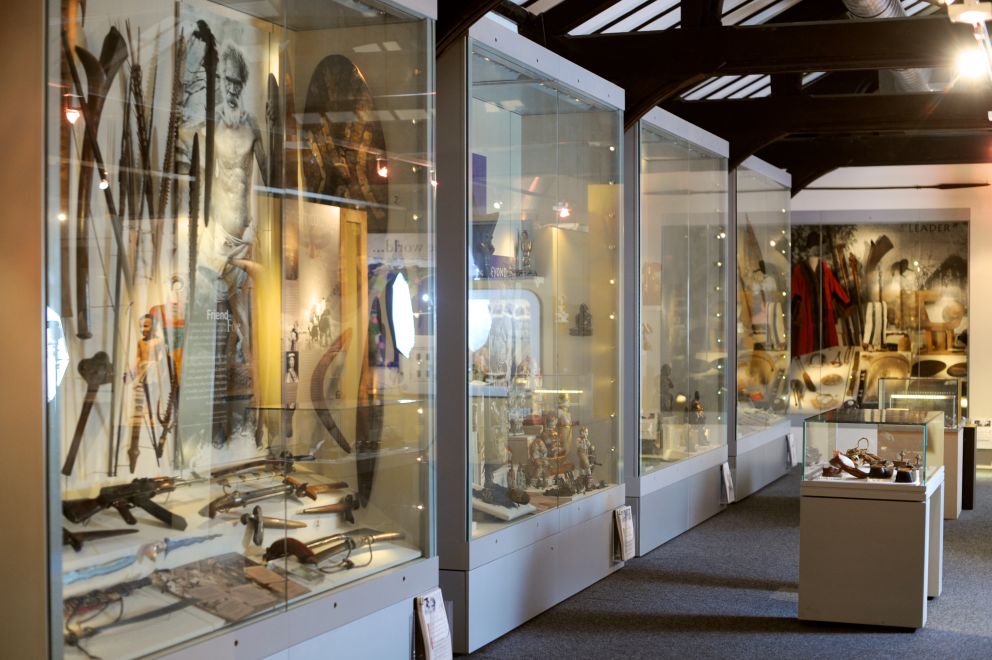
Asia
Our most extensive collection comes from Asia, due largely to Paget-Blake, with the bulk of items coming from China, India and Japan, although the Museum also has items from Burma, Borneo, and Tibet from other collectors. The most spectacular items are Chinese, and were collected at the time of the Opium Wars, including a child’s coat in Imperial yellow with an embroidered gold dragon, and a collection of wooden household gods, which may well date to the 18th century. From Japan the collection boasts a triple barrelled matchlock with inlay work, and some extraordinary three-meter long spears, known as Yari.
Oceania
The second largest group of items comes from Oceania – Australia, New Zealand, the Pacific Islands and New Guinea. Of particular interest is the extensive collection of clubs, including an U’U from the Marquesas Islands. The collection also has many items of adornment including two remarkable examples of Fijian breastplates. However, the star item from this region must be a small figurative carving from Hawaii, which once formed the top of a ritual ‘God-Stick’.
Read More 

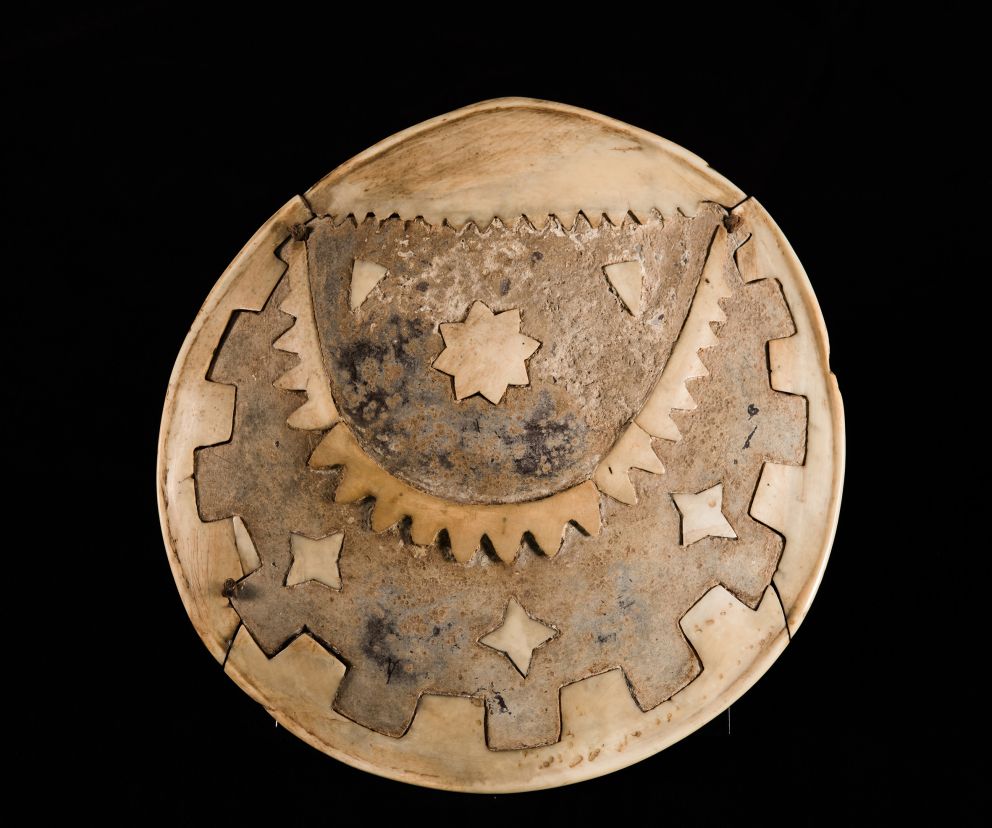
Africa
The African collection comprises artefacts from throughout the continent, but especially from the South and West. Important pieces include a small power figure from the Congo, costume from Nigeria, and a wide assortment of Zulu, Shona and Xhosa, artefacts, including beadwork, weapons, neck-rests and snuff containers.
Read More 

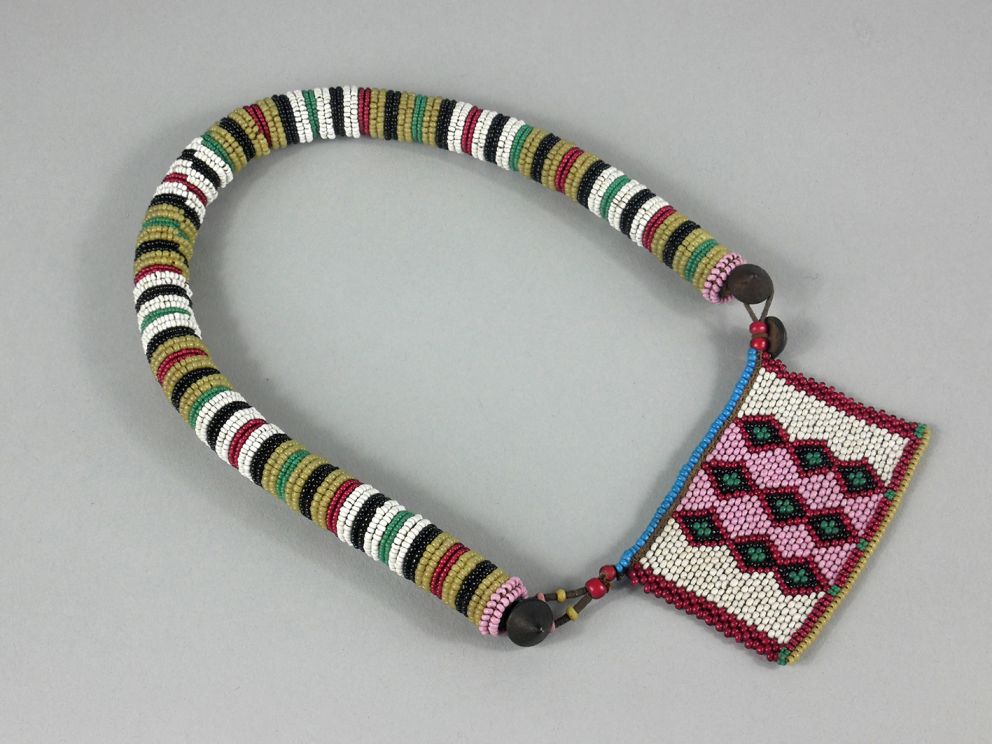
Everywhere Else
The collections also includes items from the Americas, including Chimu and Mocha pottery, stone tools and Haida paddles, along with objects from across Europe. Many of these items are now on display in the new Explorers Gallery.
Read More 

Support Torquay Museum
Did you know that whenever you buy anything online – from your weekly shop to your annual holiday – you could be raising free donations for Torquay Museum with easyfundraising? Find out how!
Stay Connected with Our Newsletter
Be the first to hear our latest news by signing up to our newsletter. Also don't forget to follow us on social media - @torquaymuseum.








